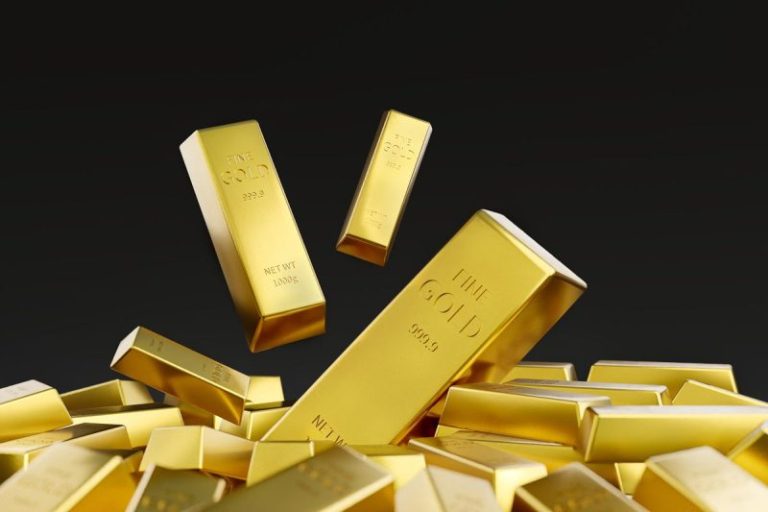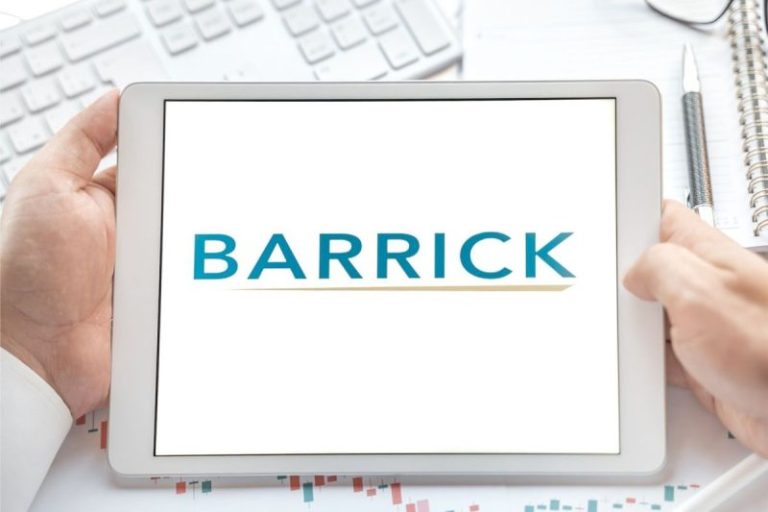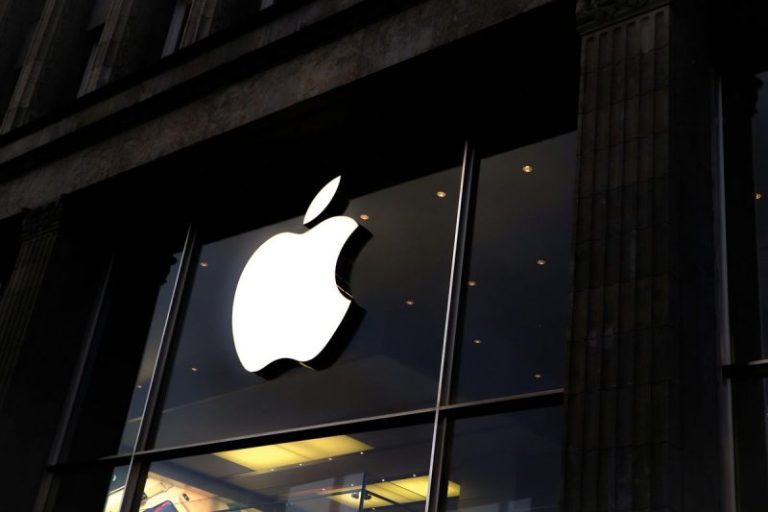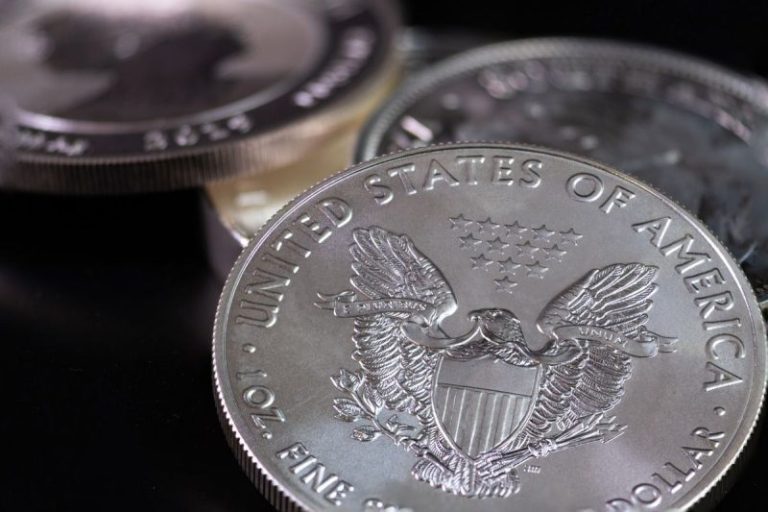The gold price soared to new record highs during the second quarter of 2025, the most recent coming when it climbed to C$4,663.85, or US$3,433.47, on June 13.
Several factors fueled gold price momentum toward the end of the second quarter, including an escalation in Middle East tensions as Israel and Iran entered into direct conflict. Although a cease fire was announced, it came after the United States dropped several 30,000 pound bombs on key Iranian nuclear sites.
Additional support for gold has come from continued uncertainty in global financial markets as the US’s tariff strategy continues.
Since the beginning of the year, investors have sought the relative safety of gold and gold-backed investment products, which have pushed the price up more than 25 percent.
Against that backdrop, which TSX-listed gold stocks have performed the best? The companies listed below have been the top performers this year. Data was retrieved on July 2, 2025, using TradingView’s stock screener. Only companies with market capitalizations greater than C$50 million are included.
1. Belo Sun (TSX:BSX)
Year-to-date gain: 276.47 percent
Market cap: C$144.68 million
Share price: C$0.32
Belo Sun Mining is an exploration and development company focused on advancing its Volta Grande gold project in Brazil.
The property covers approximately 2,400 hectares within the Tres Palmeiras greenstone belt in Pará State, Brazil. The company has been working on the project since 2003, and acquired necessary development permits in 2014 and 2017.
A 2015 mineral reserve estimate demonstrated a proven and probable reserve of 3.79 million ounces of gold from 116 million metric tons of ore with an average gold grade of 1.02 per metric ton (g/t).
Development at the site stalled in 2018 after a federal judge ruled that the Federal Brazilian Institute of the Environment (IBAMA) would be the competent authority for issuing environmental permits. The decision was overturned in 2019, with the Secretariat of Environment and Sustainability of the State of Pará (SEMAS) reassuming its permitting authority. The decision was once again reversed in September 2023, returning authority to IBAMA.
On January 23, Belo Sun announced that the Federal Court of Appeals had reassigned SEMAS as the permitting authority for the Volta Grande project. The company said it was pleased with the decision, as the agency is familiar with the project and enjoys a constructive and transparent relationship with it.
The most recent news came on June 23, when the company announced that shareholders had approved a renewal of the company’s governance structure and elected four new directors to the board. Four of the board’s six members are now either Brazilian or have spent significant parts of their careers working in Brazil.
Shares in Belo Sun reached a year-to-date high of C$0.35 on June 16.
2. Euro Sun Mining (TSX:ESM)
Year-to-date gain: 200 percent
Market cap: C$53.71 million
Share price: C$0.135
Euro Sun Mining is a development-stage company advancing its Rovina Valley copper-gold project in Romania. The project’s mining license received full approval for 20 years in 2018, with the option to renew it in five year increments.
An updated feasibility study from March 2022 demonstrated the project’s economics, showing a post-tax net present value of US$512 million and an internal rate of return of 20.5 percent, assuming a base case gold price of US$1,675 per ounce and a copper price of US$3.75 per pound.
Proven and probable mineral reserve estimates for the site include 1.84 million ounces of gold and 197,522 metric tons of copper from 123.3 million metric tons of ore with an average grade of 0.47 g/t gold and 0.16 percent copper.
Shares in Euro Sun saw their most significant gains around the same time as a March 25 announcement that the EU included Rovina Valley on its first list of strategic assets. The inclusion, which Euro Sun applied for in May 2024, will enable the company to expedite permitting at Rovina Valley and shorten the development timeline.
On May 7, Euro Sun reported it met with Romania’s Minister of the Environment to discuss the advancement of the project. Both parties agreed that a single point of contact was needed to ensure compliance and fulfill requirements under the CRMA framework. The company plans to submit an updated environmental act in the near future.
On June 20, Euro Sun reported it signed a copper concentrates prepayment facility for up to US$200 million with private metals trader Trafigura, with the funding going towards the necessary permitting and investment to advance Rovina over the next 18 months.
Shares in Euro Sun reached a year-to-date high of C$0.145 on June 2.
3. Collective Mining (TSX:CNL)
Year-to-date gain: 165.05 percent
Market cap: C$1.26 billion
Share price: C$15.85
Collective Mining is a gold, copper and silver exploration company with focused interests in Caldas, Colombia.
Its two projects, Guayabales and San Antonio, consolidate large portions of a mineral belt that surrounds Aris Mining’s (TSX:ARIS,NYSE:ARMN)Marmato mine and within a region with 10 operating mines.
The Guayabales project comprises 26 claims spanning a total area of 4,780.98 hectares. Collective Mining has conducted extensive exploration at the property in 2025, with a primary focus on expanding the Apollo zone. The company also drilled multiple look-alike targets.
The most recent exploration report was released on June 30, when the company announced the discovery of a new high-grade vein system, with a highlighted assay of 534 g/t gold over 0.67 meters. However, the company stated that drilling was retargeted after results from a gravimetric survey indicated that the drill hole was outside the mineralized breccia body.
On June 23, Collective accelerated its agreement to acquire a 100 percent stake in the Guayabales property. Under the original agreement, Collective had until 2032 to make the required payments and incur the necessary exploration expenditures.
The company reported that the financial considerations remained the same under the amended agreement, but C$2 million would be paid immediately, with an additional C$2 million paid within one month of the title transfer request being filed and C$2.3 million after two months. The remaining C$3.5 million will now be paid out in six equal installments over a three-year period from the date of the amended agreement.
Shares in Collective Mining reached a year-to-date high of C$15.85 on July 2.
4. Starcore International (TSX:SAM)
Year-to-date gain: 150 percent
Market cap: C$19.06 million
Share price: C$0.325
Starcore International is a gold exploration and mining company with assets in Mexico, Canada and Côte d’Ivoire. Its primary asset is the San Martin mine in Queretaro, Mexico.
In the company’s fourth-quarter production results, released on May 13, it reported reaching a significant commissioning milestone in the new processing circuit and milling 5,000 metric tons of stockpiled ore.
The mine produced 3,242 gold-equivalent ounces during the quarter, up 3 percent from 2,268 ounces during the previous quarter. The company added that it was continuing to explore and develop a new area in the southern section of the mine.
Outside its Mexican operations, the main focus throughout 2025 has been its Kimoukro gold project in Côte d’Ivoire.
On April 9, Starcore reported results from 2024 exploration work at the project and an update on its activities at the project. In 2024, the company completed 55 line kilometers of induced polarization geophysical and ground magnetic surveying, along with a 355 hole, 2,988 meter auger drilling campaign.
Based on the results from the drilling, which aimed to confirm an identified gold anomaly in the topsoil, the anomaly is about 2.5 kilometers long and 500 to 800 meters wide, with an average grade of more than 20 parts per billion gold.
In the update, Starcore reported it established a field office during Q1 2025 and is completing a soil sampling program covering 5.5 square kilometers and 1,300 samples up to a depth of 1 meter.
Shares in Starcore reached a year-to-date high of C$0.325 on June 4.
5. Troilus Gold (TSX:TLG)
Year-to-date gain: 139.9 percent
Market cap: C$272.7 million
Share price: C$0.69
Troilus Gold is advancing its namesake property in Northern Québec, Canada.
The project is situated within the region covered by Plan Nord, a 25 year, C$80 billion development initiative focused on mining launched by the Government of Québec.
A May 2024 feasibility study revealed financials with a post-tax net present value of US$884.5 million, an internal rate of return of 14 percent and a payback period of 5.7 years based on a gold price of US$1,975 per ounce.
The included mineral resource estimate reports a probable mineral reserve of 6.02 million ounces of gold from 380 million metric tons of ore at an average grade of 0.49 g/t gold. It also hosts probable copper and silver reserves of 484 million pounds and 12.15 million ounces respectively.
Troilus has spent much of 2025 raising funds for the project’s development. The most significant came on March 13, when the company announced that it executed a mandate letter for a non-binding term sheet for a debt financing package of up to US$700 million.
The company noted that it had followed up on four letters of intent, resulting in a total potential funding of up to US$1.3 billion.
More recently, Troilus announced on June 18 that it had entered into an offtake agreement for gold-copper concentrate with German smelting company Aurubis (OTC Pink:AIAGF,XETRA:NDA).
The agreement is being executed in connection with the previously announced letter of intent for US$700 million in funding. According to Troilus, this includes a loan guarantee of up to US$500 million from a firm representing the German Federal Ministry of Economic Affairs and Climate Action.
Shares in Troilus reached a year-to-date high of C$0.73 on June 17.
Securities Disclosure: I, Dean Belder, hold no direct investment interest in any company mentioned in this article.
This post appeared first on investingnews.com










